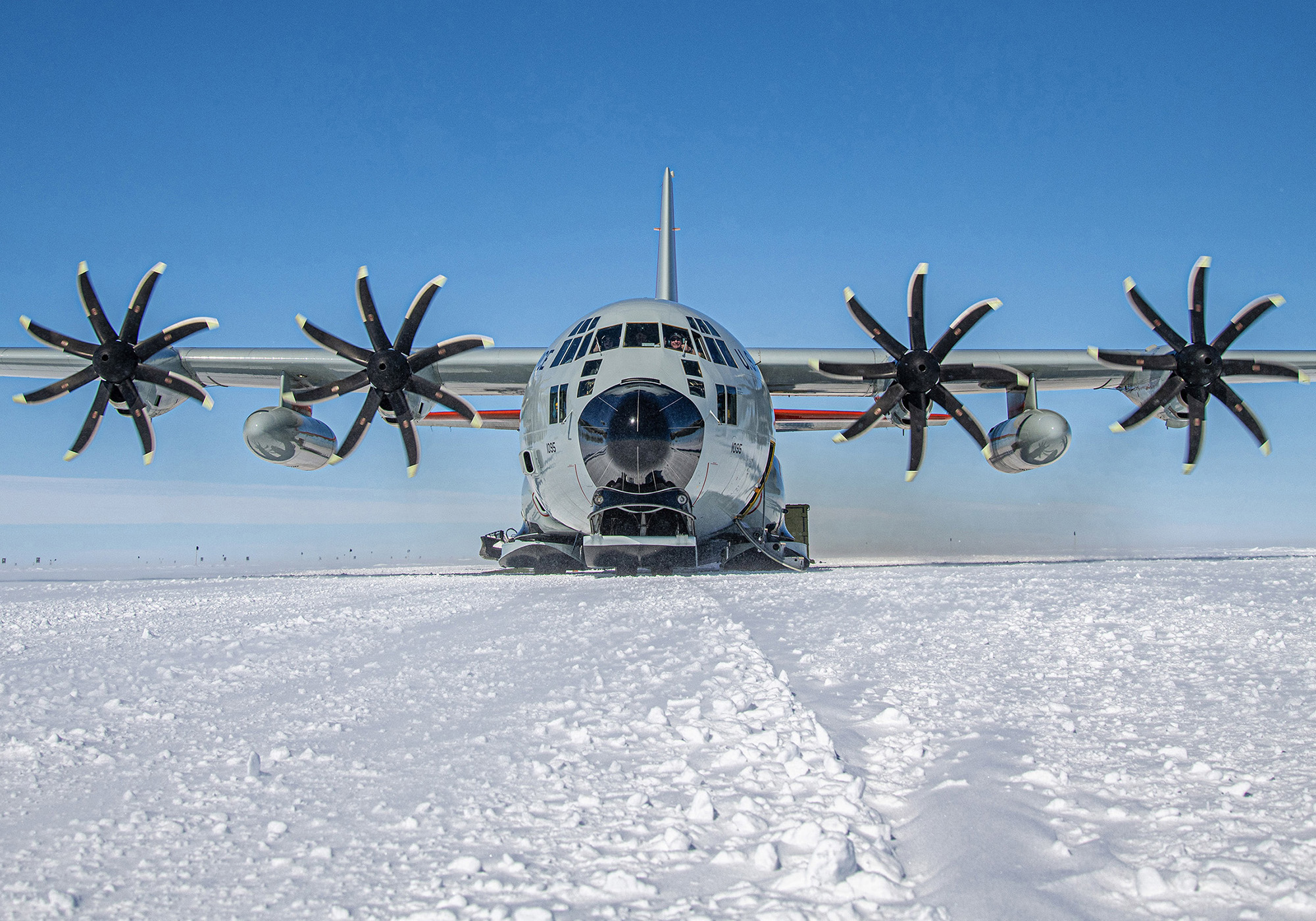C-130 Hercules: 70 Years in the Sky – The Story of a Legendary Transport Aircraft
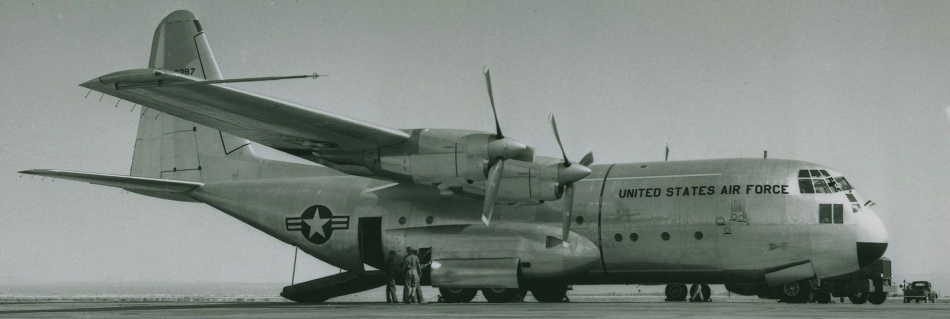
On August 23rd, the C-130 Hercules medium transport aircraft celebrated its 70th anniversary, making it the most widely produced aircraft in its class worldwide. On that day in 1954, its first prototype took to the skies at the Burbank airfield in California, USA. The aircraft was created by Lockheed in accordance with the requirements of the United States Air Force.
Even in the early stages of flight testing, the Hercules made a strong impression on its customers. Its mass production began less than a year after the first flight and continues to this day. Naturally, over such a long period, the aircraft has been repeatedly modernized. Nearly a hundred variants of this legendary machine are known, including transport versions, special modifications, and even strike versions equipped with powerful weaponry (so-called "gunships"). In the 1990s, the C-130 received a "second wind," and the significantly updated Super Hercules was introduced to the world.
For example, the C-130J-30, part of this generation, features digital avionics and four Rolls-Royce AE2100D3 turboprop engines, each with a power output of 4,637 hp. A distinctive feature of the new power plant is the composite six-bladed propellers with reduced noise levels. The aircraft has a length of 34.37 meters, a wingspan of 40.38 meters, a maximum takeoff weight of nearly 80 tons, can carry up to 20 tons of cargo, reach a maximum speed of 670 km/h, and has a range of 3,300 km with a 15.4-ton load.
More than 2,600 C-130s have been built. They have been purchased by the United States and over 70 other countries, including Australia, Argentina, Angola, Brazil, the United Kingdom, Ethiopia, Egypt, Israel, India, Spain, Cameroon, Canada, the Netherlands, Turkey, the Philippines, and Japan.
Besides transporting and airdropping various cargoes, military equipment, and personnel, the Hercules has been used for many other tasks. These include patrolling maritime areas, serving as aerial tankers, aiding in the fight against drug trafficking, conducting polar expeditions, performing reconnaissance and long-range radar detection, delivering firepower to the enemy, and retrieving ejected pilots mid-air using special devices. The C-130 family also includes purely civilian versions.
Since 1958, American Hercules aircraft have been involved in virtually every crisis and local conflict in which the United States has participated. These include the Berlin Crisis, the wars in Indochina, Afghanistan, and the Persian Gulf. Other countries have also actively used their C-130s in "hot spots." For example, British and Argentine aircraft took part in the South Atlantic War, Indian and Pakistani aircraft were used in wars between their countries, and Israeli and several Arab nations’ aircraft were involved in conflicts in the Middle East.
The C-130 is rightfully considered a masterpiece of aviation engineering. Designed with a focus on the convenience of flight and ground crews, reliable and unpretentious, capable of operating in extreme conditions, it has earned worldwide recognition and will remain in service for a long time to come.

 Fan-page
Fan-page Youtube
Youtube TikTok
TikTok Aviamuseum
Aviamuseum State Aviation Museum
State Aviation Museum

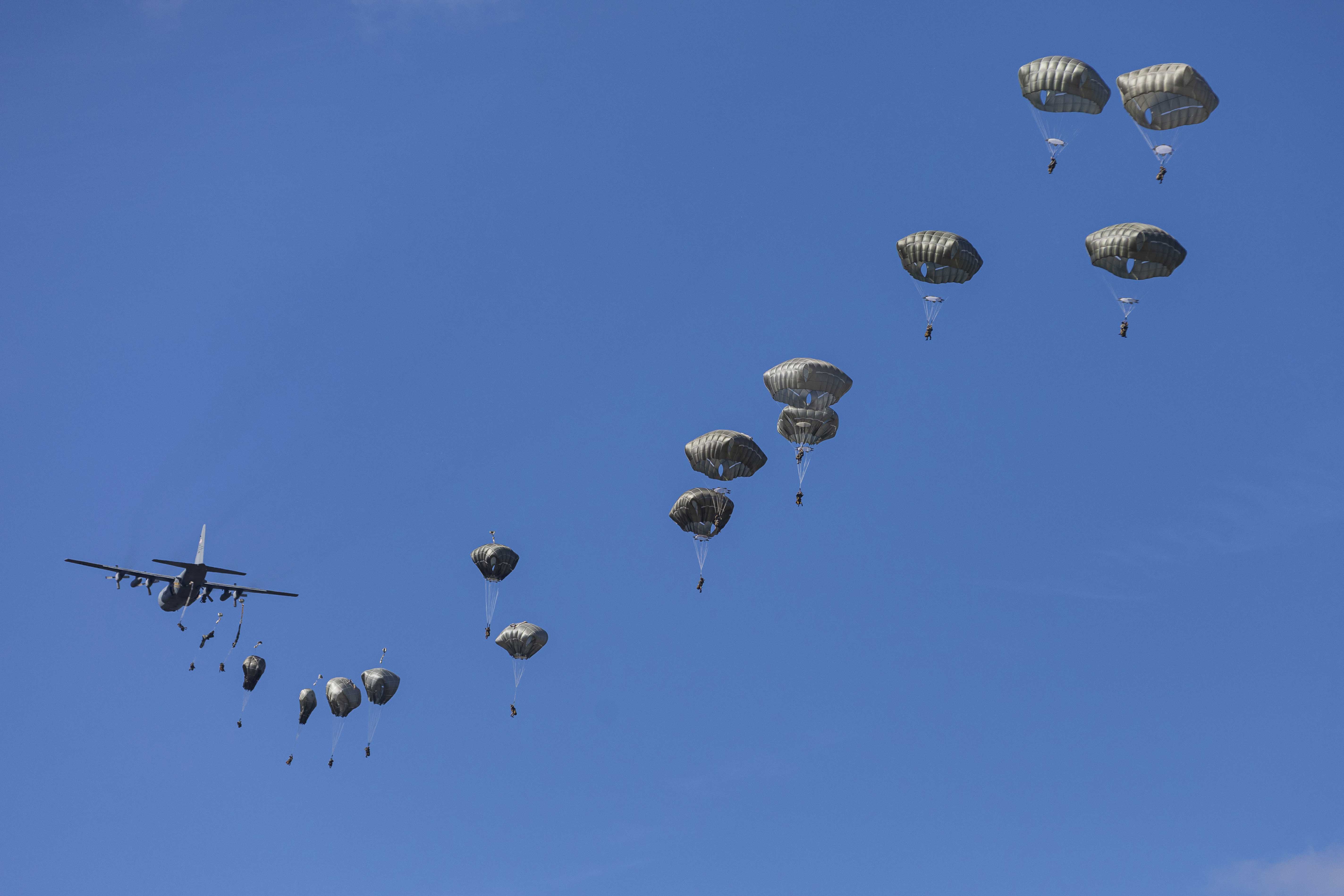
_1724395252_1.jpg)
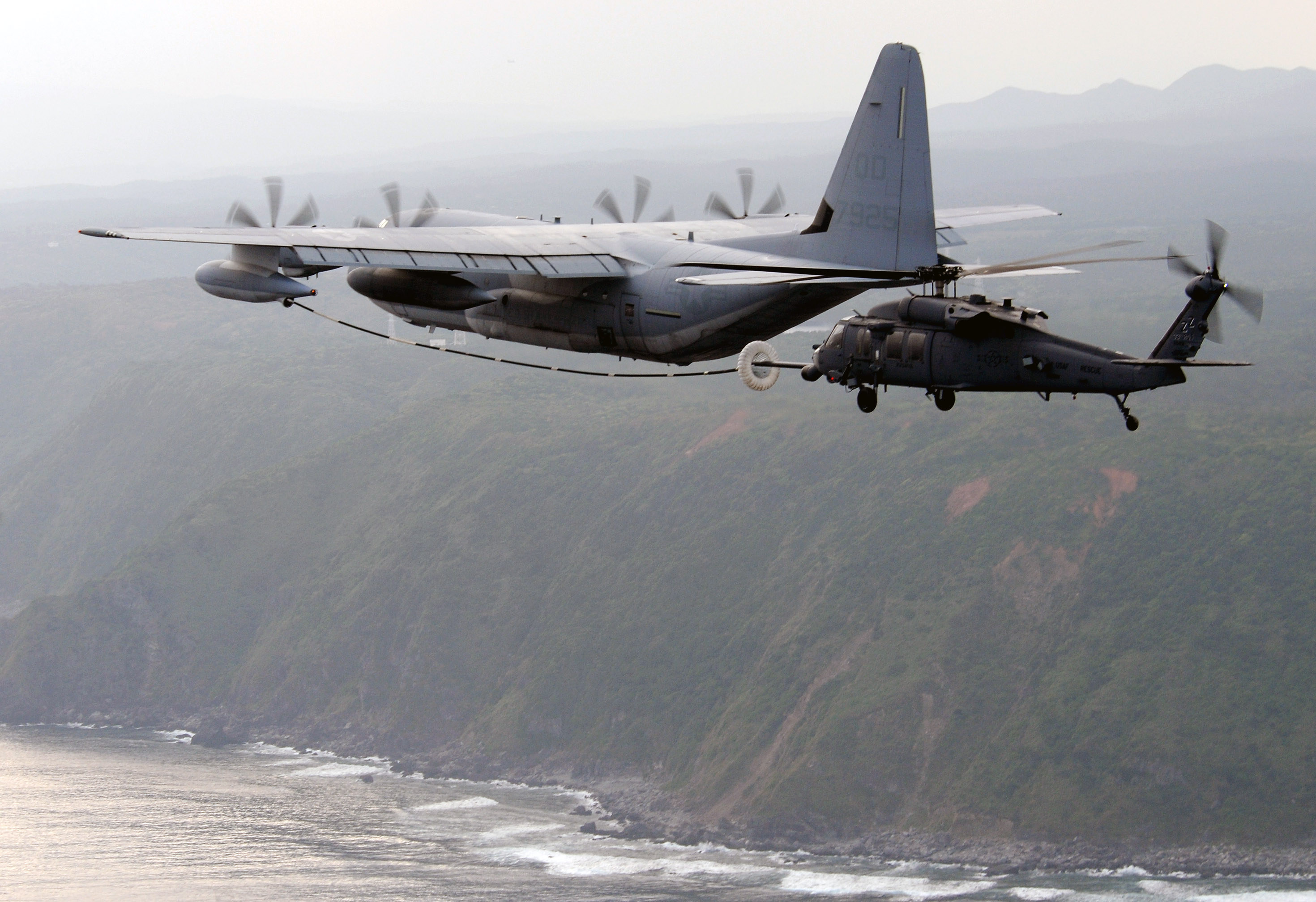
_1724395289_1.jpg)
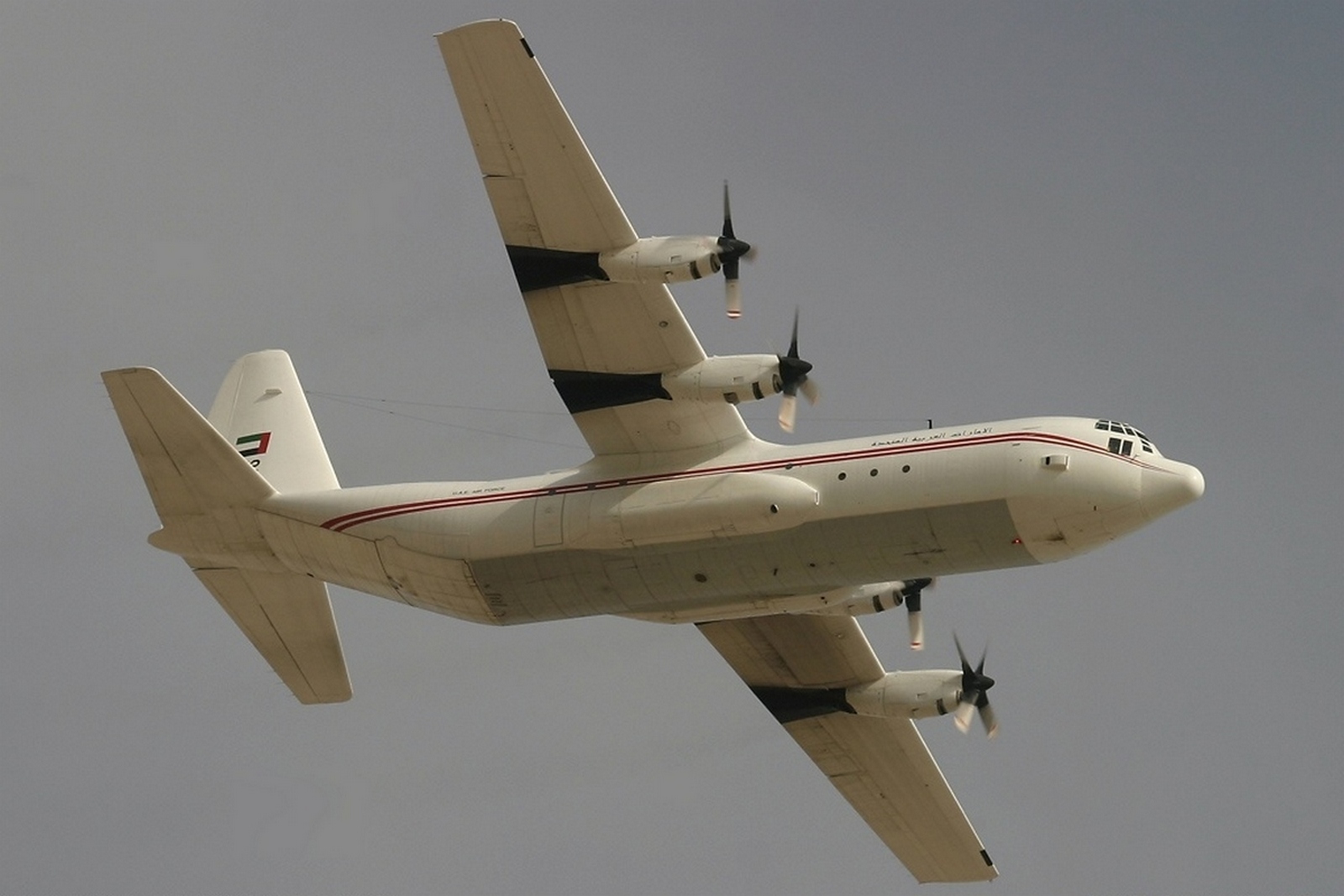

_1724395335_1.jpg)
